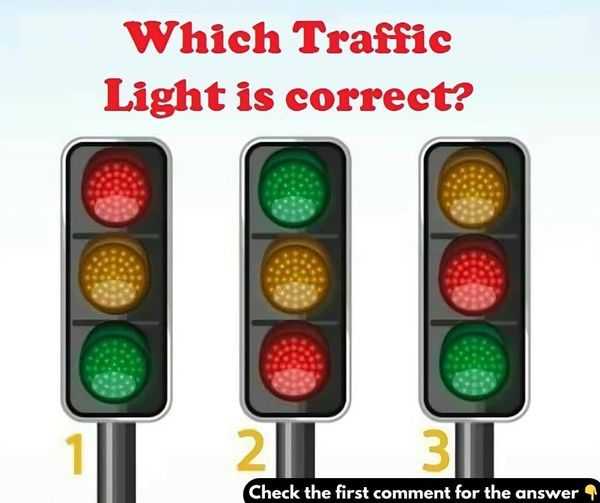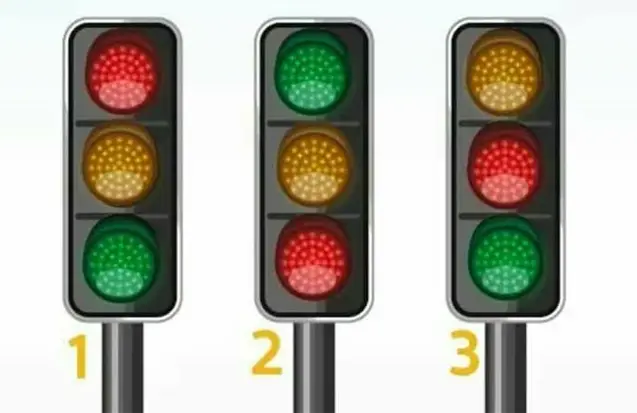Traffic Lights: An In-Depth Look into the System Behind the Signals
Traffic lights are a fundamental part of our daily lives, directing the movement of vehicles and pedestrians to ensure safety and efficiency on the roads. While they seem simple, traffic lights have a surprisingly complex history and purpose. Understanding their design, how they function, and the most common misconceptions surrounding them is crucial for road safety.
The Origins of Traffic Lights
Traffic lights have evolved significantly since the first manual systems appeared. The first recorded use of a traffic control device dates back to 1868 in London, where a gas-lit signal was manually operated by a police officer. Unfortunately, this early attempt at regulating traffic ended in disaster when the gas lamp exploded, injuring the officer.
It wasn’t until 1914 in Cleveland, Ohio, that the first electric traffic signal was introduced. This system only had two colors—red for stop and green for go. The addition of the yellow (or amber) light, signaling caution, didn’t come until later, making today’s familiar three-light system more robust and effective.
The concept behind traffic lights seems universal—red means stop, green means go, and yellow means slow down or prepare to stop. However, the reasoning and psychology behind these colors are rooted in science and human perception. Red is associated with danger due to its visibility and ability to draw attention, making it perfect for stopping drivers. Green is a calming color, signaling safety and allowing traffic to proceed smoothly. Yellow, being in between red and green, serves as a transition, warning drivers to be cautious and prepare to stop.
How Do Traffic Lights Work?
Modern traffic lights are no longer manually operated but instead rely on sophisticated electronic systems. These systems can vary from simple timed operations in smaller towns to highly intelligent systems in cities that adjust based on real-time traffic data. Sensors placed in the road detect the presence of vehicles, and computer systems coordinate the lights’ cycles to maximize traffic flow and minimize congestion.
In urban environments, many intersections are controlled by adaptive traffic signals. These smart systems use cameras, radar, or sensors to gather data on the number of vehicles approaching an intersection, adjusting the timing of lights based on this information. This ensures that traffic is kept moving as efficiently as possible, reducing wait times for drivers and minimizing the chances of accidents caused by frustrated motorists running red lights.
Some cities are even experimenting with connected vehicle technology, where cars and traffic lights can communicate with each other. This allows for even more efficient traffic management, potentially reducing fuel consumption and cutting down on emissions.
Misconceptions about Traffic Lights
Despite their widespread use, traffic lights are often misunderstood. One common misconception is the belief that the yellow light means “speed up” rather than “slow down.” This misinterpretation can lead to dangerous situations, particularly at intersections where vehicles are trying to race through before the light turns red.
Another misconception is that the green light gives drivers an absolute right to go. In reality, drivers should still proceed with caution, checking that the intersection is clear before moving forward. Pedestrians, cyclists, and other vehicles may still be in the intersection due to delayed reactions to the previous red light or, in some cases, illegal behavior such as running the light.
The importance of following traffic signals cannot be overstated. “The traffic light system is designed to maintain order and prevent accidents,” says a transportation safety expert. “However, many drivers ignore these rules, thinking that they can beat the system, which increases the risk of accidents significantly.”
The Role of Traffic Lights in Safety
According to the National Highway Traffic Safety Administration (NHTSA), intersections controlled by traffic lights have a significantly lower rate of accidents compared to those without. This is because traffic lights provide clear, unambiguous instructions to drivers and pedestrians, reducing the likelihood of confusion or miscommunication on the road.
Studies show that intersections with synchronized lights that take real-time traffic conditions into account further decrease the chances of accidents. These systems are especially beneficial in cities with high volumes of traffic, where traditional traffic light timing might not be enough to manage the flow effectively.
In addition to reducing accidents, traffic lights play a critical role in ensuring pedestrian safety. Crosswalk signals, often integrated with traffic lights, allow pedestrians to cross streets safely by controlling both vehicle and foot traffic. However, it’s essential for both drivers and pedestrians to remain vigilant. A green light for cars doesn’t automatically mean a pedestrian won’t try to cross the road, and jaywalking remains a frequent cause of accidents.
The Future of Traffic Signals
As technology advances, so does the future of traffic management. Innovations like adaptive traffic signals and vehicle-to-infrastructure communication promise to make intersections safer and more efficient. In the near future, self-driving cars may be able to navigate intersections without traditional traffic signals, instead relying on digital communication systems that coordinate vehicle movements with greater precision than any human-operated system ever could.
However, until that day comes, it remains crucial for all drivers and pedestrians to respect the current system of traffic lights. Properly following the signals can help reduce traffic congestion, lower accident rates, and ensure that everyone gets to their destination safely.


